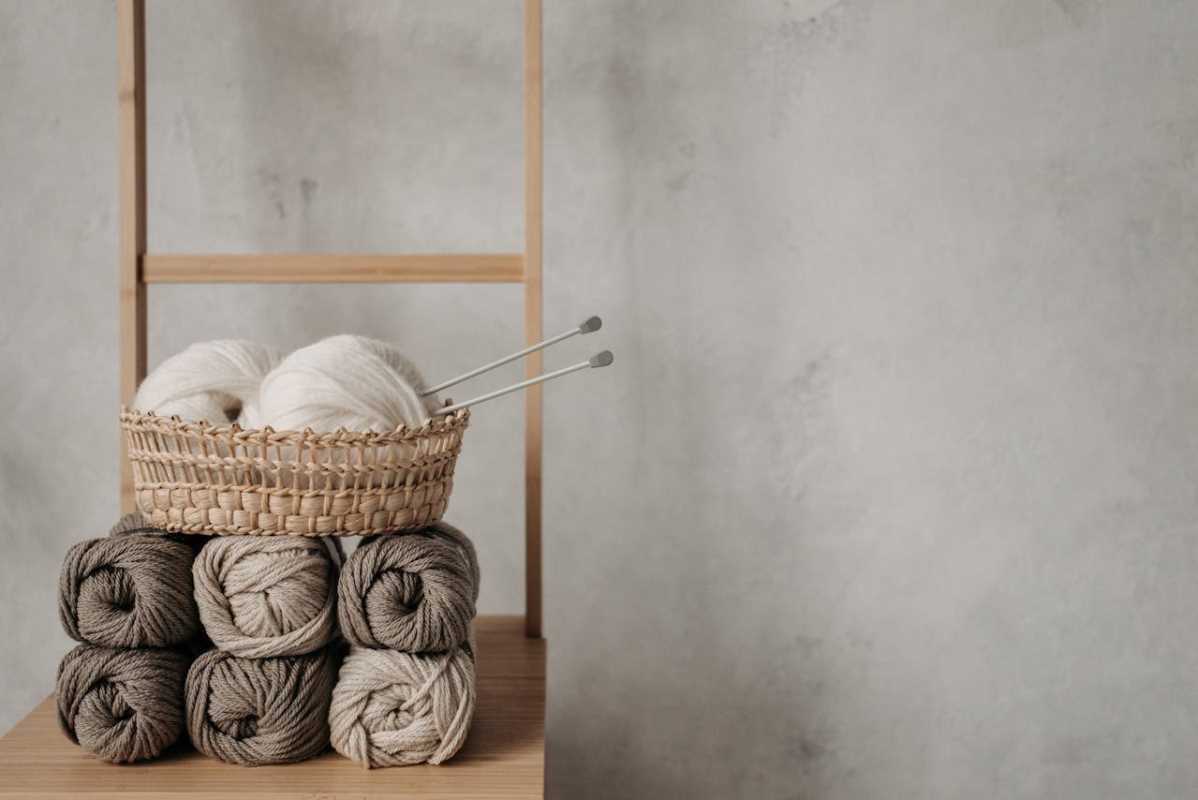Managing stress is a crucial skill for maintaining overall well-being. The demands of daily life can often feel overwhelming, leading to mental and physical fatigue. Finding effective ways to unwind is not a luxury; it is a necessity for a balanced life. Hobbies offer a wonderful escape and a constructive way to channel energy, providing a much-needed break from our routines. Engaging in activities you enjoy can lower stress hormones, improve your mood, and boost your sense of accomplishment. This article explores several hobbies backed by evidence to help you relax and recharge. We will delve into specific activities, explain how they work to reduce stress, and offer practical tips to help you get started on your journey toward a more serene state of mind.
How Hobbies Combat Stress
Engaging in a hobby provides a powerful antidote to stress by shifting your focus and engaging your mind in a positive way. When you are absorbed in an activity you love, you enter a state of "flow." This psychological concept describes a feeling of being completely immersed and energized by an activity. During flow, your worries and anxieties tend to fade into the background.
Hobbies also offer a sense of control and accomplishment. Completing a project, whether it's a painting, a knitted scarf, or a garden bed, provides tangible proof of your abilities. This can boost self-esteem and counteract feelings of helplessness that often accompany stress. Many hobbies also encourage mindfulness, the practice of being present in the moment. Activities like drawing, playing an instrument, or practicing yoga require your full attention, pulling you away from negative thought patterns about the past or future.
Furthermore, certain activities can physically reduce stress. Rhythmic, repetitive motions found in hobbies like knitting, swimming, or even chopping vegetables can be meditative and calming. These actions can lower your heart rate, blood pressure, and levels of the stress hormone cortisol, promoting a state of relaxation.
1. Gardening: Cultivate Calmness
Gardening is more than just a way to beautify your surroundings; it's a therapeutic practice with deep roots in stress reduction. The act of nurturing plants connects you to the natural world, which has a profoundly calming effect on the human mind. Studies have shown that even brief exposure to green spaces can decrease stress levels.
The Science of Soil
Contact with soil can make you happier. A specific bacterium found in soil, Mycobacterium vaccae, has been found to trigger the release of serotonin in the brain. Serotonin is a neurotransmitter that helps regulate mood, and low levels are often linked to depression and anxiety. Simply digging in the dirt can have a positive impact on your mental state. The physical activity involved in gardening, such as digging, planting, and weeding, also releases endorphins, which are the body's natural mood elevators.
Getting Started with Gardening
You do not need a large yard to start gardening. A small balcony, a sunny windowsill, or even a corner of your room can be enough.
- Container Gardening: Begin with a few pots. Herbs like basil, mint, and rosemary are easy for beginners. You can also try cherry tomatoes or lettuce. This approach is manageable and provides a quick sense of achievement.
- Find Your Niche: Explore different types of gardening. You might enjoy growing flowers for their beauty and fragrance, or you may prefer the satisfaction of harvesting your own vegetables. Choose what excites you.
- Join a Community Garden: Look for a community garden in your area. This is a great way to learn from experienced gardeners and build social connections, which also helps to combat stress.
2. Knitting and Crocheting: Weave Away Worry
The repetitive and rhythmic motions of knitting and crocheting are incredibly soothing. These crafts require focus, which helps to quiet a busy mind and promote a state of mindfulness. As you concentrate on counting stitches and following a pattern, your brain has less room for anxious thoughts.
The Meditative Motion
The bilateral, rhythmic movements of these crafts can induce a state of relaxation similar to meditation. This process can lower your heart rate and blood pressure, creating a calm and centered feeling. Many people who knit or crochet describe it as a form of "active meditation" that allows them to relax while still creating something tangible and useful.
Starting Your Fiber Art Journey
Getting started with knitting or crocheting is inexpensive and accessible.
- Basic Supplies: You only need a pair of knitting needles or a crochet hook and a skein of yarn. You can find beginner kits online or at a local craft store.
- Learn the Basics: Numerous free tutorials are available on platforms like YouTube. Start with simple projects like a scarf or a dishcloth to build your confidence.
- Embrace Imperfection: Your first few projects might not be perfect, and that is completely okay. The goal is to enjoy the process, not to achieve flawless results immediately.
3. Painting and Drawing: Express Yourself on Canvas
Artistic expression is a powerful tool for processing emotions and reducing stress. Painting and drawing allow you to channel your feelings onto a canvas or paper, providing a healthy outlet for whatever you are experiencing. You don’t need to be a professional artist to reap the benefits.
The Power of Creative Flow
Like other hobbies, art helps you achieve a state of flow. When you are absorbed in creating, time seems to slip away, and your worries diminish. This focus on color, shape, and texture directs your mental energy toward a creative task, offering a respite from daily pressures. The act of creating something visually appealing can also be a significant source of joy and satisfaction.
How to Begin Your Artistic Practice
Let go of the pressure to create a masterpiece and simply enjoy the act of creating.
- Try Different Mediums: Experiment with various materials to see what you enjoy. Watercolors, acrylic paints, colored pencils, and charcoal all offer different experiences.
- Take a Class or Follow a Tutorial: A structured class can provide guidance and a sense of community. Online tutorials are also a great, flexible option for learning new techniques at your own pace.
- Focus on the Process: Try abstract painting or doodling without a specific outcome in mind. Let your hand move freely across the page. This practice, known as automatic drawing, can be very liberating.
4. Playing a Musical Instrument: Find Your Rhythm
Music has a direct line to our emotions. Playing an instrument is a deeply engaging activity that requires coordination between your mind and body. This intense focus can serve as a powerful distraction from stressors.
Your Brain on Music
Learning and playing music engages multiple areas of the brain simultaneously. It improves memory, concentration, and coordination. The act of creating melodies and rhythms can be incredibly fulfilling and helps to build discipline and patience. The auditory stimulation of music itself can also alter your mood and reduce anxiety.
Striking the Right Chord
It’s never too late to learn an instrument.
- Choose an Instrument You Love: The sound of the instrument should resonate with you. Popular choices for beginners include the ukulele, keyboard, and guitar due to the wealth of learning resources available.
- Set Realistic Goals: Aim for consistency over intensity. Practicing for 15-20 minutes each day is more effective than a single, long session once a week.
- Use Apps and Online Lessons: Many apps and websites offer interactive lessons that can make learning fun and engaging. They provide immediate feedback and a structured path to follow.
5. Baking and Cooking: A Recipe for Relaxation
The kitchen can be a sanctuary for stress relief. Cooking and baking engage all your senses—touch, taste, smell, sight, and even sound. This sensory experience helps to ground you in the present moment.
Mindful Meal Preparation
The methodical process of following a recipe—measuring ingredients, chopping vegetables, and monitoring cooking times—requires concentration and can be very meditative. It provides a structured activity that can calm a chaotic mind. The act of nourishing yourself and others can also be deeply satisfying and foster a sense of connection and care.
Your First Steps in the Kitchen
Turn cooking from a chore into a delightful hobby.
- Start Simple: Begin with simple, foolproof recipes. Baking bread is a great starting point, as the process of kneading dough is a well-known stress reliever.
- Cook for Joy, Not Just for Fuel: Choose to make something you genuinely want to eat. Experiment with new cuisines or try to recreate a favorite restaurant dish at home.
- Share Your Creations: Sharing food with friends or family can enhance the rewarding feeling of your efforts and strengthen social bonds.
 (Image via
(Image via





